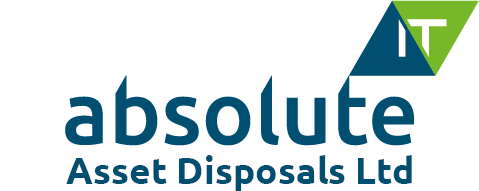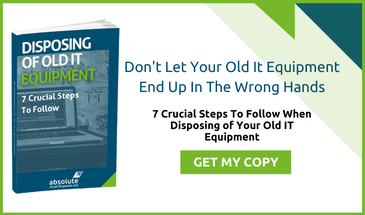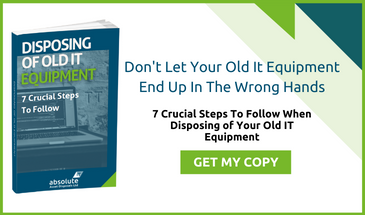 As technologically-advanced as the batteries in your company’s devices may be, the time will come when they no longer work as they used to. Lithium-ion batteries offer greater energy storage capacity than their NiMH and NiCd counterparts, but contain flammable elements. The lithium-ion batteries found in the laptops, mobile phones and other devices your employees use must be transported and disposed of properly.
As technologically-advanced as the batteries in your company’s devices may be, the time will come when they no longer work as they used to. Lithium-ion batteries offer greater energy storage capacity than their NiMH and NiCd counterparts, but contain flammable elements. The lithium-ion batteries found in the laptops, mobile phones and other devices your employees use must be transported and disposed of properly.
In order to be properly recycled, lithium-ion batteries need to be dismantled and their elements separated before being sent to the appropriate facilities. This disposal of IT equipment requires much care and attention.
Not ensuring the environmentally sustainable recycling of all batteries can put lakes and streams at risk, as well as adding to the volume of deadly heavy metals being leached into the environment.
The Pyrolysis Process
Heat treatment, or pyrolysis, is the process used in recycling lithium-ion batteries. Maximum recovery is the goal, and the process sees all manner of metals, including cobalt, copper and iron being separated from the battery. Any remaining elements can be reused in road building, cement manufacture and for smelting.
Mercury and Lead
When released into the environment, mercury and lead can be catastrophic. By recycling device batteries, mercury in its pure form can be recovered, and then used again in everything from lighting to metric instruments. Lead that is recovered can be used in the manufacture of new batteries.
Zinc, Nickel and Cadmium
The zinc concentrate in batteries typically contains at least 40% zinc. This element can also be recovered through battery recycling, and then reused for the purposes of electrolysis, as well as being used in zinc smelters. Recovered nickel can be used in the stainless steel manufacturing industry. Recovered cadmium can be used in new battery manufacture.
Energy and Resource Savings
High quality batteries contain ferro-manganese concentrate, which is a very versatile material. It only takes one tonne of ferro-manganese concentrate to replace three tonnes or more of iron ore. This results in much energy being saved in the form of ore extraction and refining.
Thankfully, battery recycling, as well as complete disposal of IT equipment, is far easier than it used to be. Many IT asset disposal companies, such as Absolute IT, offer a safe and convenient bulk battery recycling service. It is now law that any shop or online retailer selling more than 32 kilograms of batteries each year must offer a way for customers to recycle their batteries, as well as have a plan in place for recycling those batteries that involves complete WEEE compliance.












